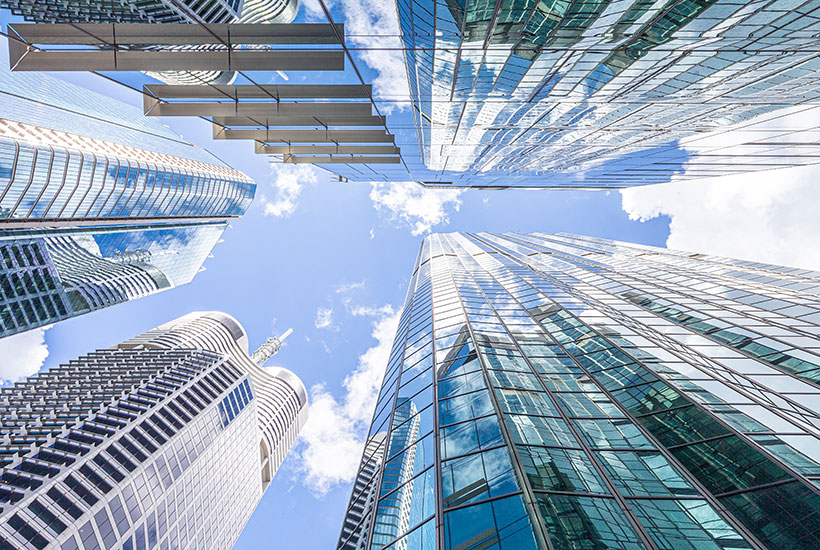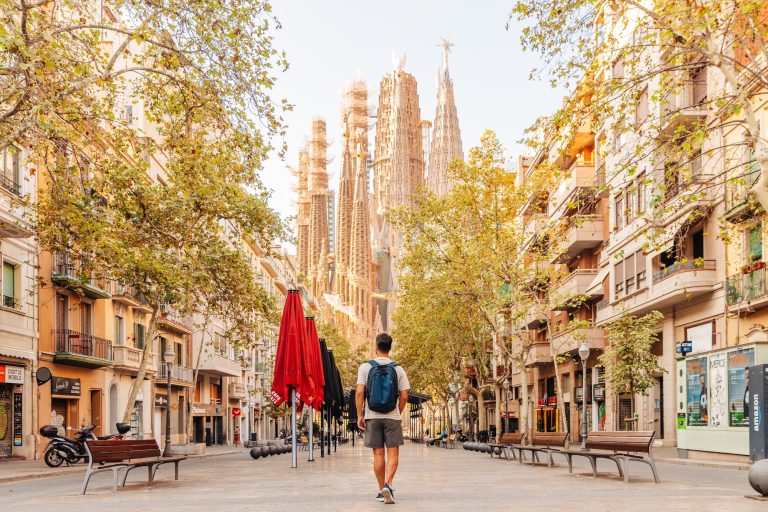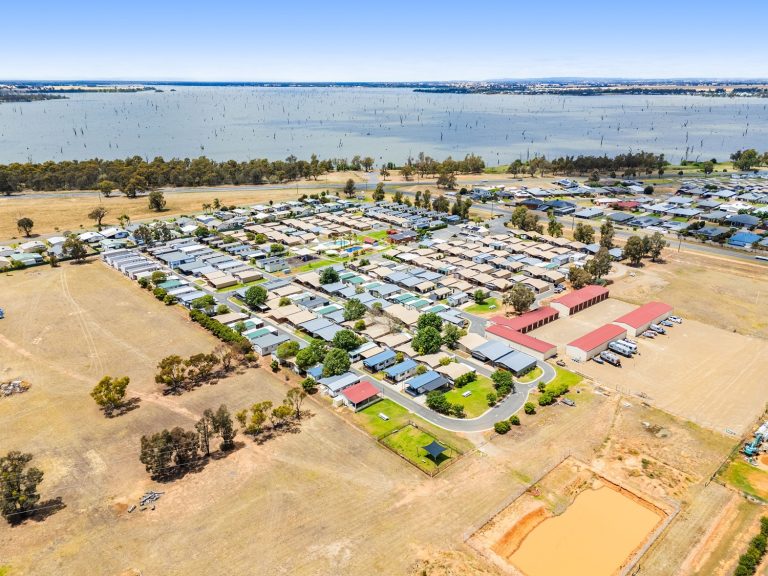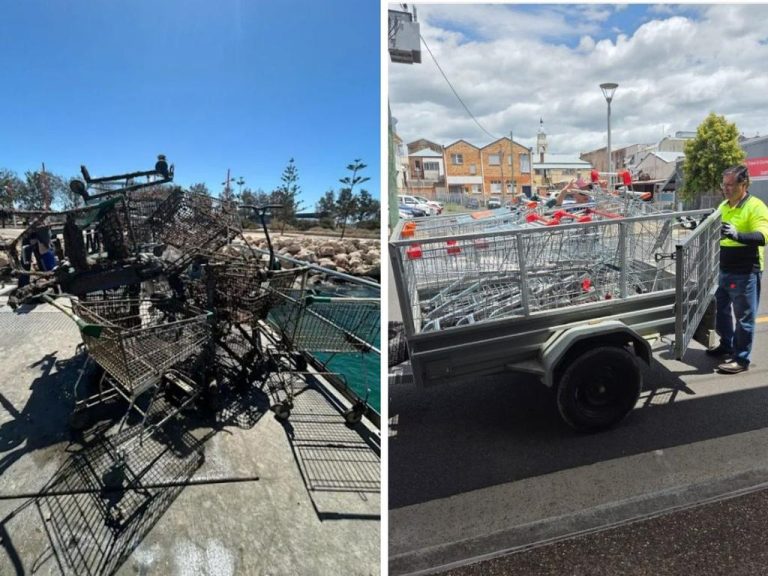Eight predictions for commercial property in 2021

Australia is now technically out of the COVID recession. Jobs are rebounding rapidly, several vaccines are looking promising, money is cheap and readily available and governments are continuing to spend big. Additionally, all of these positive changes are being supercharged with high levels of liquidity.
This is very good news for commercial property heading into 2021, while other sectors can expect a bumpier road ahead.
Here are eight predictions for commercial property in 2021.
1. Focus on getting CBDs back on track
Australian CBDs were hit hard during COVID-19 lockdowns, as office workers remained locked out of city workplaces and international students vacated university hubs. In Melbourne, this was exacerbated by longer running restrictions, as well as a greater reliance on students. Across all CBD property types, including office, retail and residential, there have been rises in vacancy rates in 2020.
Better conditions can be expected in 2021 as office workers, students and visitors slowly return. From mid December, the public health order requiring employers to allow employees to work from home will be repealed in NSW, while Victoria is slowly easing restrictions. In other states, most restrictions have been pulled back for some time.
City councils will also work hard to get people back in through public events and making our CBDs even more attractive to visit.

Councils are expected to have a strong focus on getting people back into CBDs in 2021. Picture: Getty
2. Investment in commercial property to continue
There is currently no shortage of money, which is why, despite rising vacancies, we are not seeing a corresponding drop in values. Interest rates are expected to remain low for some time and the ability to borrow will continue to be eased. Yields will drop off the back of rental declines or stagnation, but even with this, there will continue to be a decent gap between this and government bond rates, primarily because these have also fallen.
While local buyers will dominate, offshore groups are also likely to be particularly active in 2021. This year we saw a lot of activity from Europe with Chinese investment ramping up towards the end of the year. Next year, Australia will continue to be attractive given how minimally impacted we have been by the pandemic compared to the rest of the world.
3. Growing interest in life sciences and medical-related property
The arrival of a pandemic has led to huge investment in research and development in the pharmaceutical sector. For property, life sciences refers to the pharmaceuticals, biotech and medical technology industries. Although a tiny sector compared to office, residential, retail and industrial, it is growing and COVID-19 has accelerated this. Globally, $10 billion of life sciences property changed hands in 2020 and this is likely to be higher in 2021.
In addition to life sciences, other medical-related investment is also likely to see continued interest from investors. This includes hospitals and medical centres.
The one sector that is likely to continue to see a shake up is aged care, particularly given the high rates of mortality in aged care facilities during the pandemic. The aged care royal commission, which will deliver its final report in February 2021, could also have an impact.

Big investment in research and development in the pharmaceutical sector is expected to continue in 2021. Picture: Getty
4. Industrial and commercial farming to remain popular
Both industrial and commercial farming were popular prior to the pandemic and interest accelerated during 2020. The industrial sector has done well out of lockdowns and many of the habits we developed during the pandemic, such as increased online shopping, are likely to stay.
For commercial farming there are longer trends at play, including changes in investor types, as well as better weather conditions in many places.
5. Shopping centres will perform better in Australia than overseas
Up to a third of shopping centres in the US are expected to close in coming years, as retailers, both small stores and large anchor tenants, continue to file for bankruptcy amid the health crisis. COVID-19 has also had a devastating impact on Australia’s retail sector, which has now flowed through to the lowest rental returns for shopping centres ever recorded. For shopping centre owners it will be hard work to fill retail vacancies in 2021 and they may have to get used to lower returns.
On the flip side, it is unlikely that Australia will see the same level of shopping centre closures as in the US. The main reason is that Australia’s tighter planning controls mean that we have far less shopping centres in the first place. Per person, Australia already has half as much retail floorspace as the US, which means far fewer closures.

There will be far fewer shopping centre closures in Australia compared to the US. Picture: Getty Images
6. Office design will begin to change
Many Australians are now returning to the office but it is unlikely the design of most offices will remain the same due to social distancing requirements. More meeting rooms, well-equipped with video functionality, are necessary for distributed teams and although social distancing measures are no longer so strict, there is likely to be an expansion of workspace ratios in many organisations.
Suburban office spaces could also see a boost in interest in 2021 as more people prefer to stay closer to home. However, offices ultimately play a role as talent attractors and keepers of culture. People like to interact and career progression for young people can be hard when you are stuck at home.
7. Commercial real estate in regional areas to see high demand
In the June quarter of this year, the Australian Bureau of Statistics reported the biggest movement out of capital cities and into regional areas ever recorded. It is likely that this will have continued for the rest of the year and this will flow on to increasing demand for commercial property in regional areas.
Whether it is a shared workplace building in Byron Bay, a new distribution facility on the Gold Coast or even a few more shops in Mount Gambier, population growth is a key driver of commercial property. This means growth in rents and values in many regional parts of Australia is on the cards in 2021.
8. Build-to-rent growth and demand for development sites expected
Interest in build-to-rent picked up during COVID-19, primarily because big rental drops, particularly in Melbourne and Sydney CBDs, saw investors withdraw from buying new apartments.
While more development sites will switch to build-to-rent in 2021, it is likely that building approvals for units will recover. With a vaccine, international students can return and migration can start up again. This means more demand for housing.







